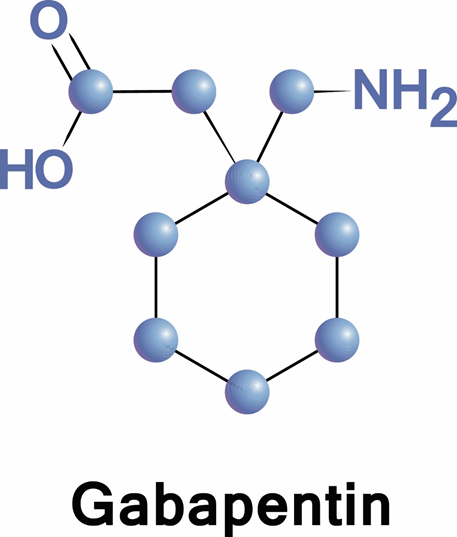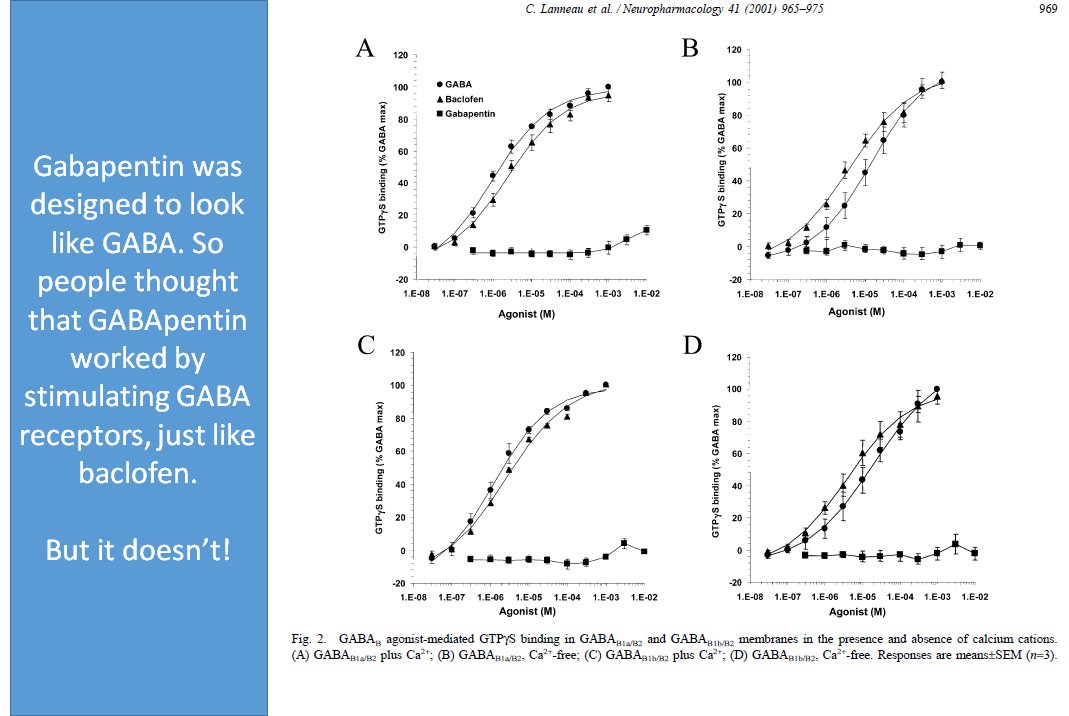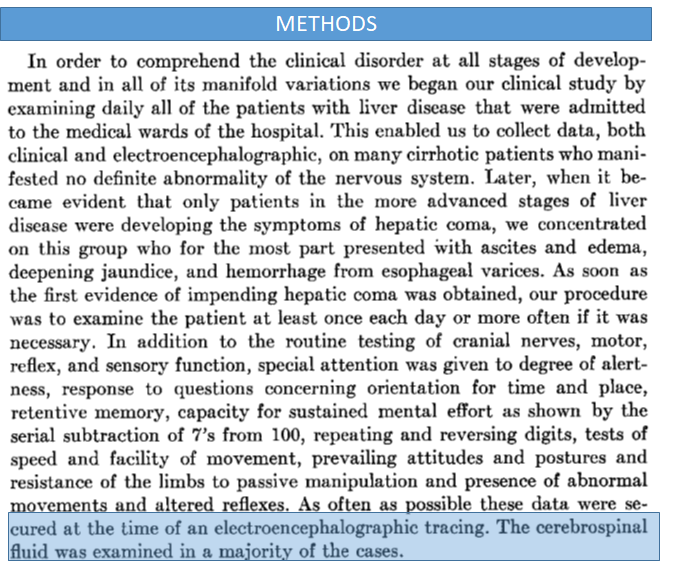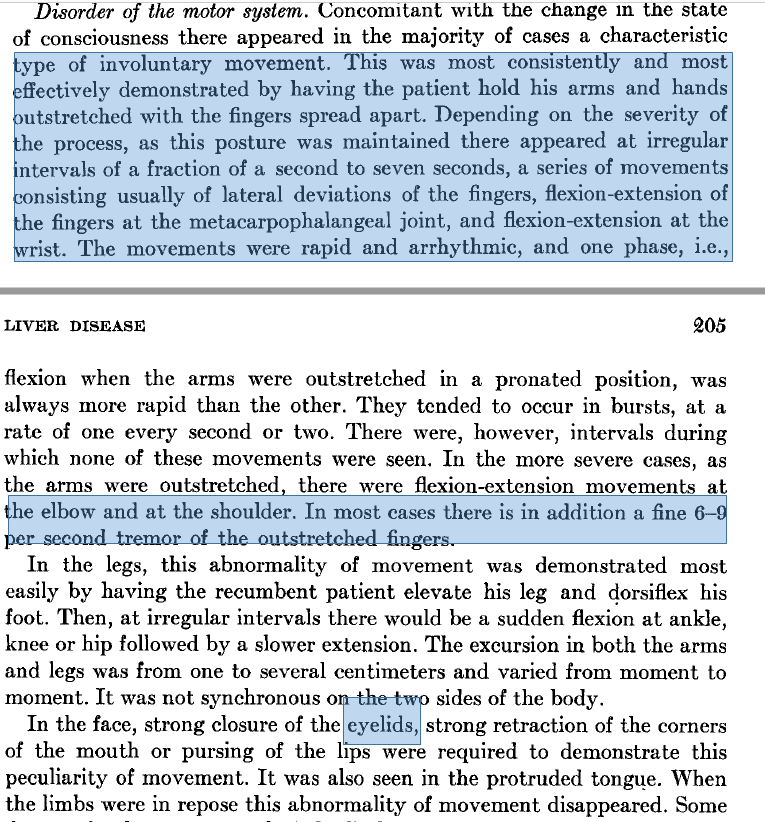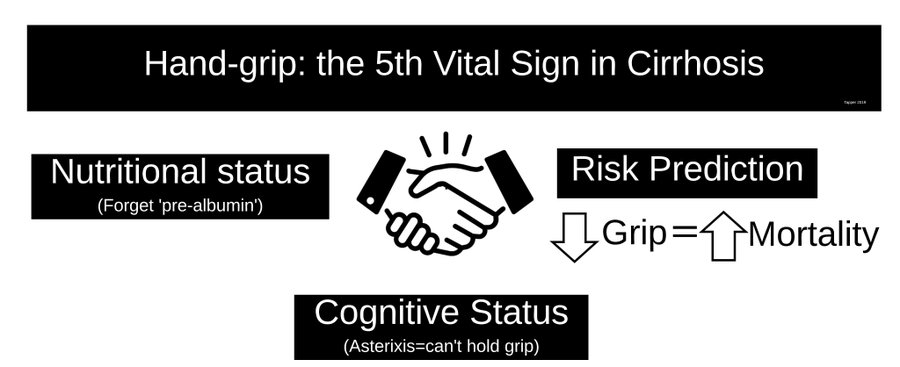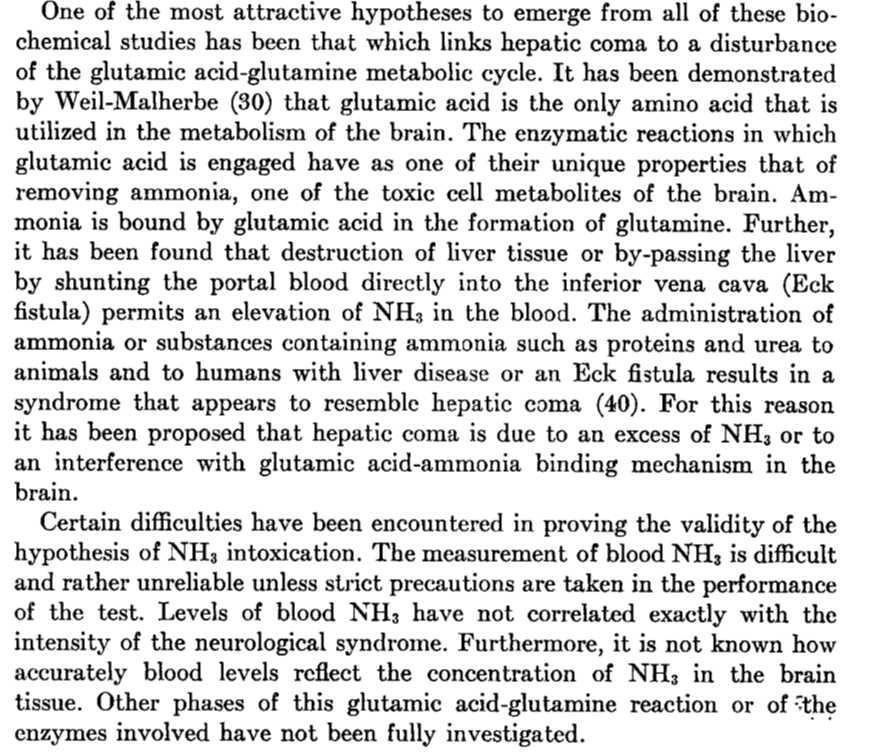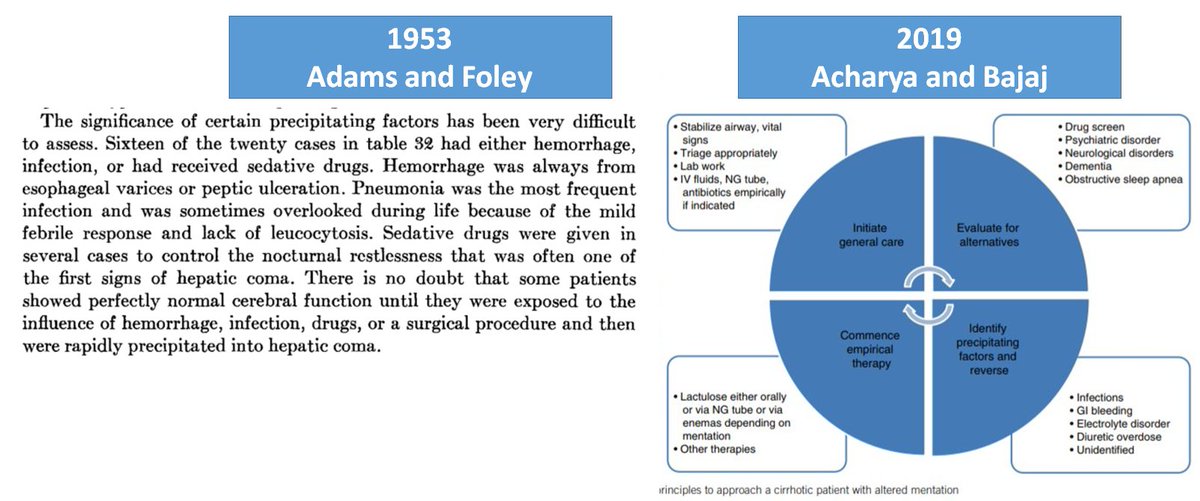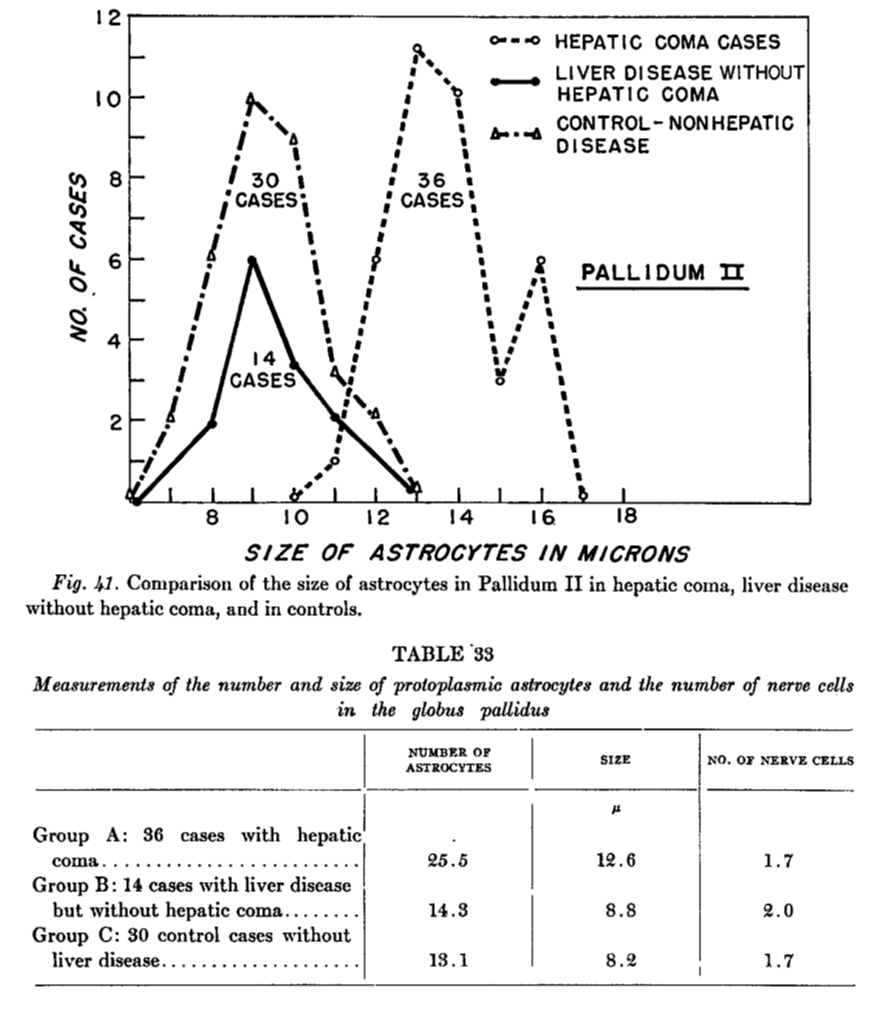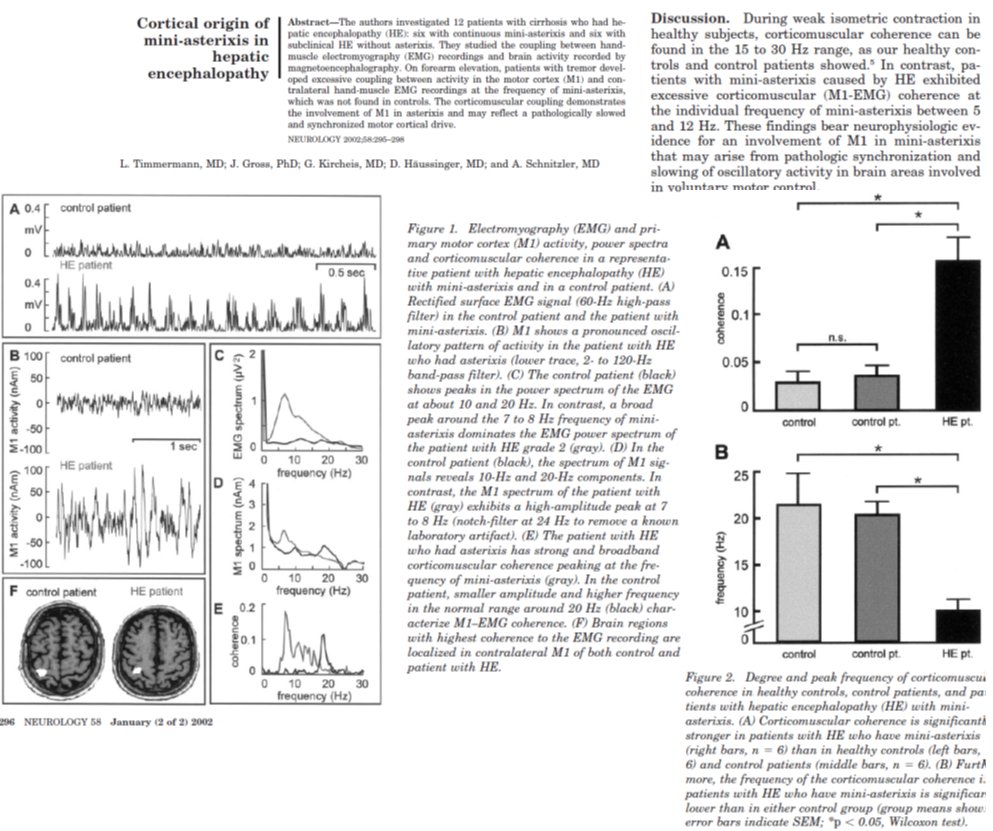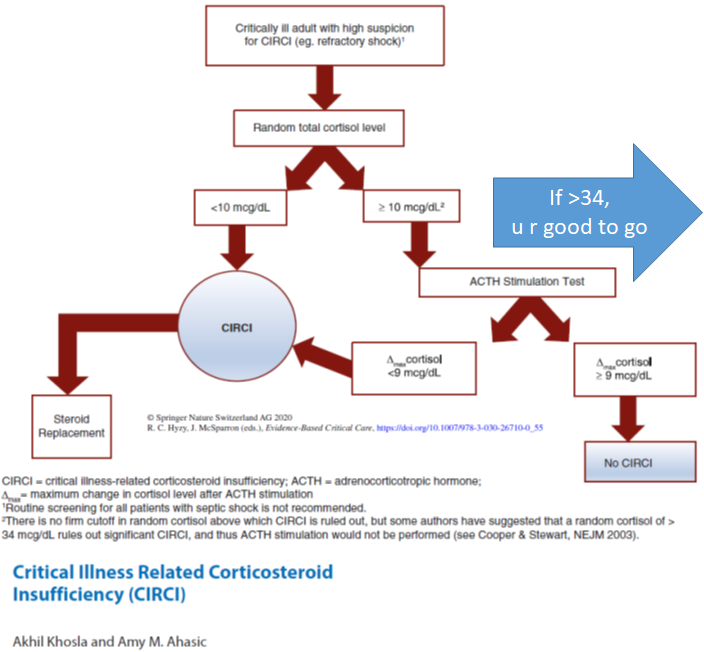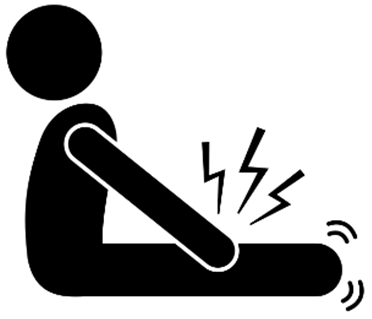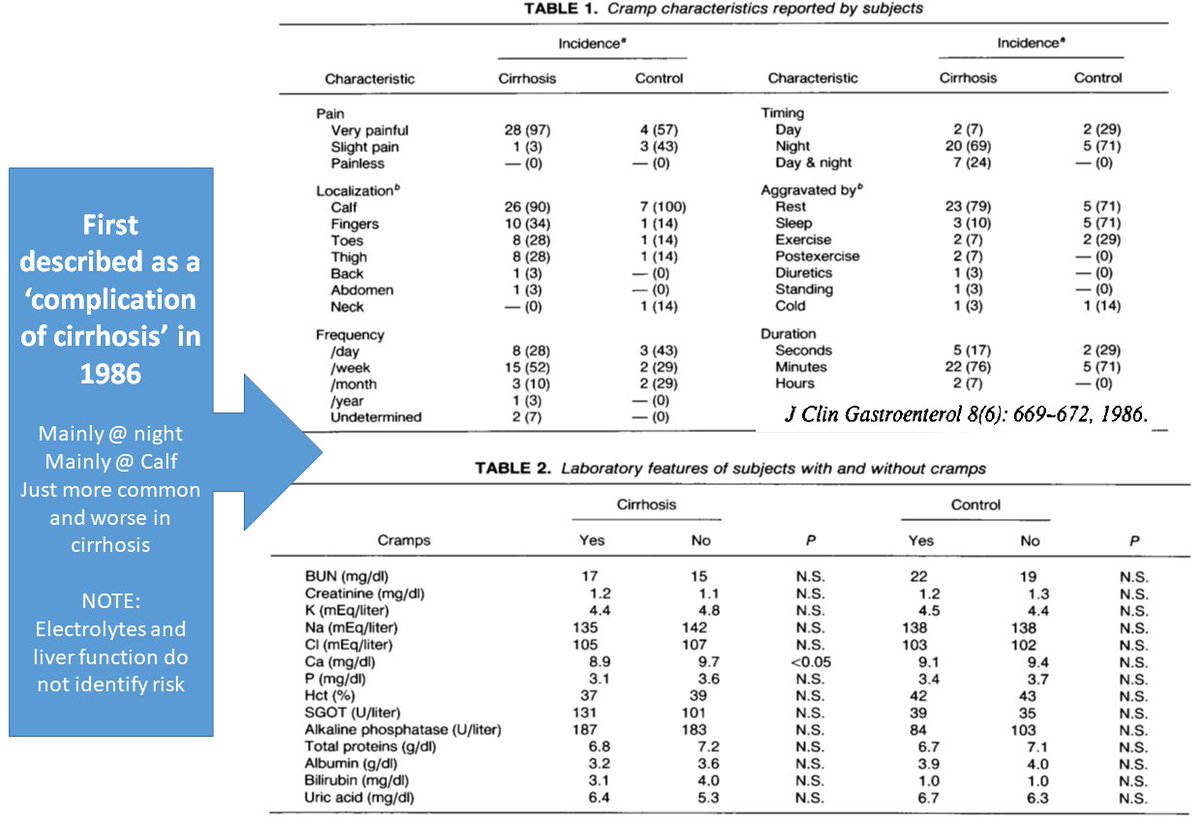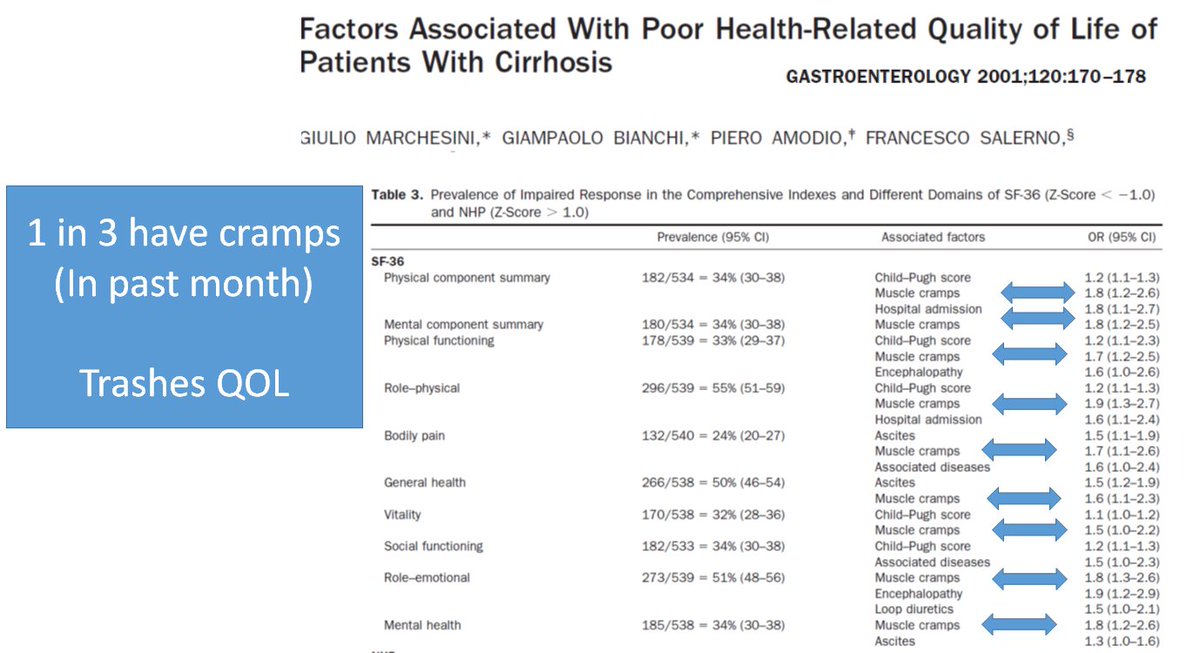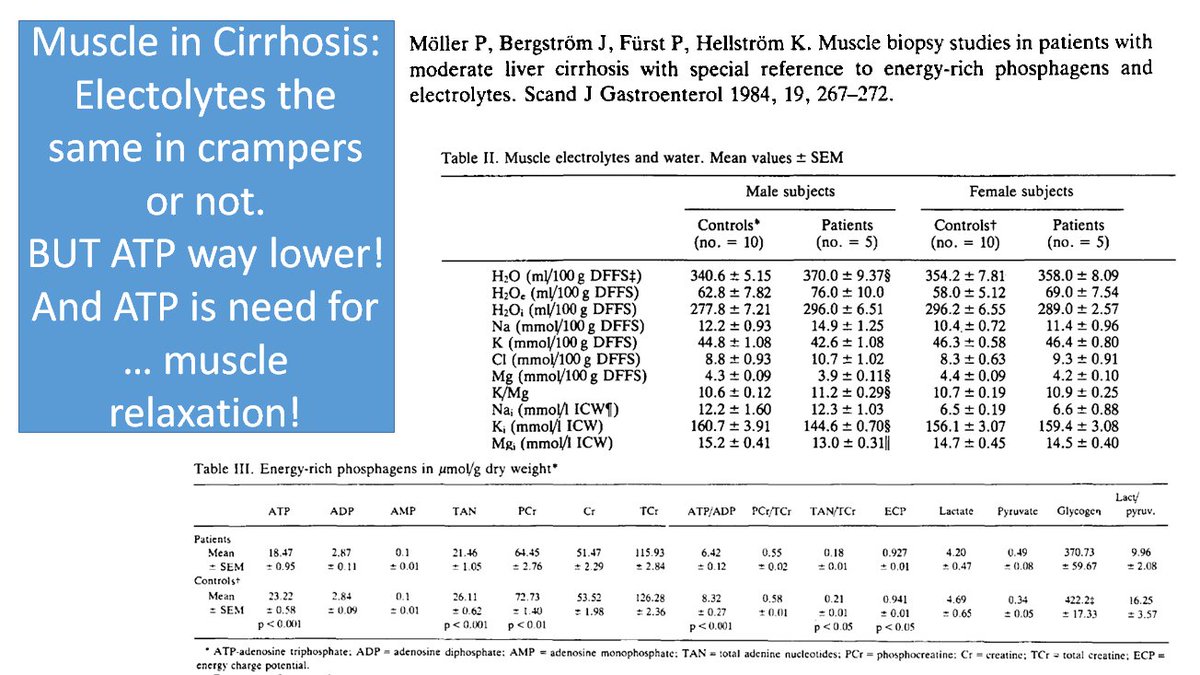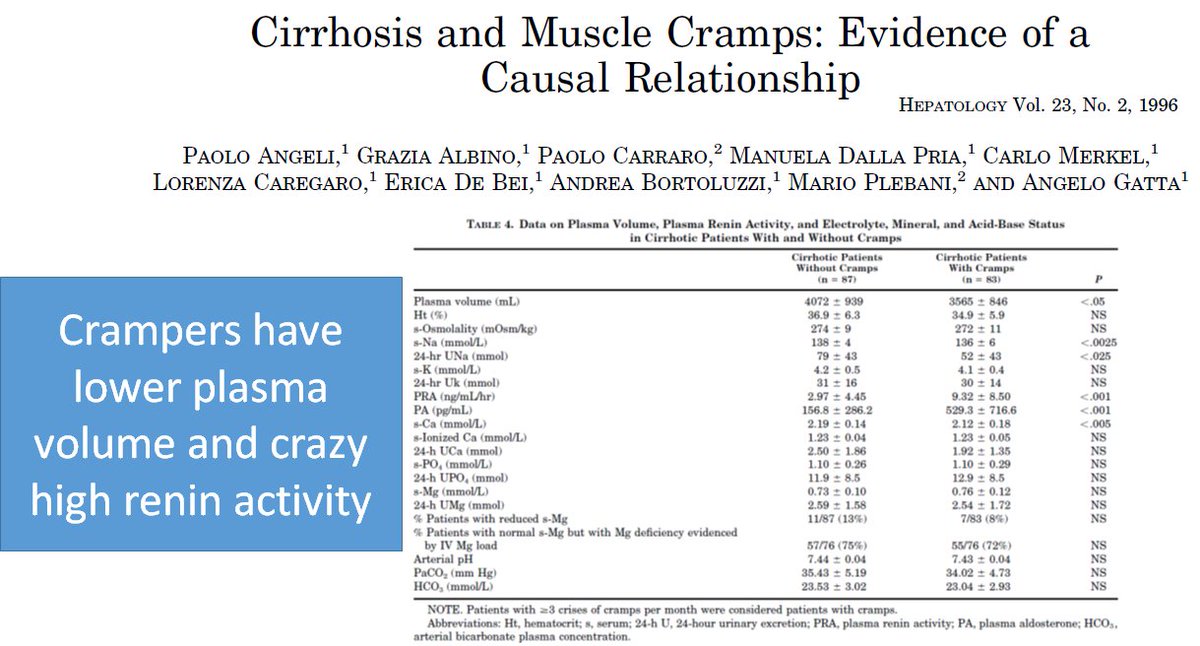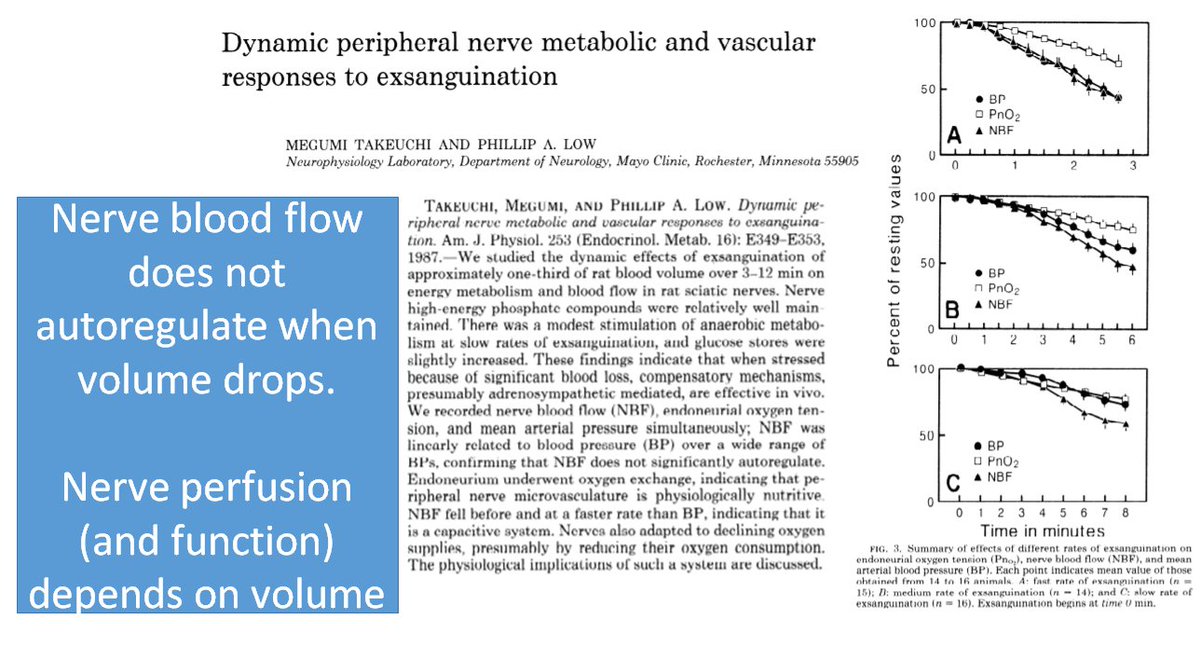
I would like to thank everyone for their kind texts and tweets and thank the @AmerGastroAssn for the Young Investigator award.
It is a dream. As I cannot wait for @DDWMeeting, I would like to call out my appreciation for a few people and say a couple of things
It is a dream. As I cannot wait for @DDWMeeting, I would like to call out my appreciation for a few people and say a couple of things
https://twitter.com/amergastroassn/status/1356649176365494273
First, I have mentors to thank. Dr Michelle Lai who gave me my start and launched me. @SenguptaNeil who taught me everything I know. And the reason I moved my family from Boston to a suburb of Detroit known away from good food, Dr Lok, the greatest mentor I will ever know
Second, I have advice. Find a place where you are surrounded by greatness and absorb it. It has been the great fortune of my life to work alongside and learn from people like JMellinger, @AkbarWaljee, and above all @NDP1001
Third, hepatology is special, everyday my patients inspire me. I have been lucky to work directly with my original inspirations - like Michael Volk and @KanwalFasiha. And my heroes in HE, @DebbieShawcros1 and the legend himself, @JasmohanBajaj
Finally, as anyone would attest, I would happily send one person a pile of old papers. Now I do that at scale. I am very thankful for my Twitter friends who have allowed me a platform to share in my love for the liver, people with livers, and those who do liver medicine
The end
The end
• • •
Missing some Tweet in this thread? You can try to
force a refresh





